| Don't like ads? | No ads |
*Bourbon Culture is reader-supported. When you buy through links on our site, we may earn an affiliate commission.
Diageo went on a bit of a buying spree in the early 2000s in the US, acquiring brands like Bulleit, Cascade Hollow and some distilleries in Canada.
With the purchase of the Bulleit brand, Diageo found themselves with a large stockpile of very old bourbon that had been originally distilled at the New Bernheim Distillery, but had been aging at the old rickhouses of the defunct Stitzel Weller facility.
Many of the barrels approached the two decades old mark at that time and would have been considered to be over-oaked due the extreme length of time spent in the barrel. Diageo’s people quickly went to work on surveying which barrels to dump and which could set for a little bit longer.
Orphan Barrel
The story behind the Orphan Barrel line of bourbons was that Diageo had just “found” these barrels and were now going to release them to the public. But this turned out to be untrue because these barrels had to have taxes paid on them year after year, so they were never really lost.
The super-high age statements made the bourbon community notice and the first release from the Orphan Barrel line, Barterhouse, was an instant (if pricey) hit.
Barterhouse spawned two separate releases of about 25,000 barrels each and paved the way for other brands like Rhetoric, Old Blowhard and numerous other clever names that were put into some great packaging.
Barterhouse’s value continues to climb, with bottles eclipsing the $200 threshold a few months into the pandemic. But is the bourbon inside really worth this pricetag? Is it worth your time to seek out? Let’s take a look. I received a sample bottle when I purchased my bottle last fall.
Tasting Notes
Nose: Over the course of two sessions with this, I have concluded that there is a peculiar scent that I don’t think I have noticed in any other bourbon out there. I can only describe it as a mixture of wood varnish and pressure treated lumber. Whatever it is, it’s borderline chemical-like. The nose settles down after a few sips and I get the sweetness of maple syrup, cherry cordials and more vanilla than I would’ve expected.
Palate: There is no getting around the mouthful of oak chips I have just put in my mouth. There are notes of cherry juice, like it has been infused with the oak, but it’s not as complimentary as I’m making it sound.
The tannins are out of control on this, with old, dry leather and stale cigarette tobacco. I also find a very muted orange peel note, but overall, this is just a thin oak juice with little to no complexity or richness.
Finish: The finish sees no improvement over the palate with it being very short and thin as well. The drying oak is so prominent, that I swear I’m tasting some ash here and there.
It’s like sucking on a cherry popsicle stick for the last 10 minutes, thinking you’re going to get more flavor out of it. Apple skins, dry tobacco and orange oil are other notes I detect, but seem to be just hanging around and not adding any sort of depth.
Score: 4.5/10
I have never experienced an over-oaked bourbon to the degree that this one showed me. And while I am attempting to tone it down when it comes down to my general dissatisfaction with this bottle, I am reminded by a small burp I had halfway through the dram that made the inside of my mouth taste like I liked an ashtray.
Final Thoughts
There are many reviews out there that claim to have liked Barterhouse for what it is. The age statement is an allure that I think blinds many people to the fact that the juice inside is subpar at best.
But with the secondary market spiraling out of control lately with sky-high prices, I would like to give the potential buyers of this bottle a warning: don’t fall for the age statement and fun packaging. The price of this bottle will easily net you much better bourbon for your money elsewhere.
–> Shop Orphan Barrel Barterhouse Whiskey Review
Ratings Breakdown
1 | Disgusting | Drain pour (Example: Jeffers Creek)
2 | Poor | Forced myself to drink it
3 | Bad | Flawed (AD Laws 4 Grain BiB, Clyde Mays anything)
4 | Sub-par | Many things I’d rather have (Tincup 10 year)
5 | Good | Good, solid, ordinary (Larceny, Sazerac Rye)
6 | Very Good | Better than average (Buffalo Trace, OGD BiB)
7 | Great | Well above average (Old Ezra Barrel Proof, Old Weller Antique)
8 | Excellent | Exceptional (Michter’s Barrel Proof Rye, Four Roses Barrel Strength)
9 | Incredible | Extraordinary (GTS, 13 Year MGP or Canadian Rye)
10 | Insurpassable | Nothing Else Comes Close (William Larue Weller)
Featured Products
- Neat Traveler

- View Larger
- Description:The Aged & Ore Neat Traveler is a complete travel kit for spirits. We combined our widely praised Neat Glass with one of our 3oz Flight Bottles and housed them together in a custom EVA travel case. Perfect for a night away with your favorite pour. The tie
- Bottle Flight
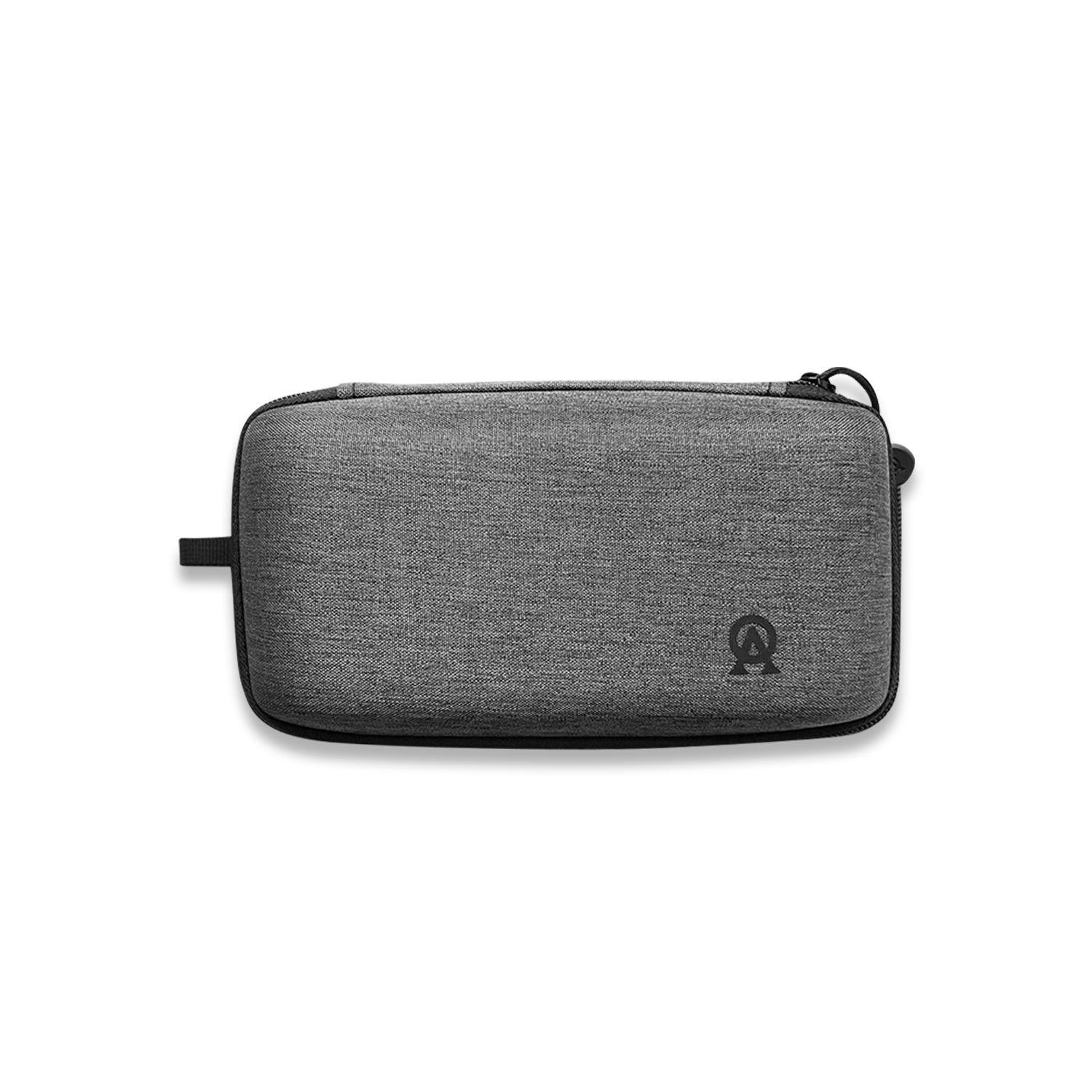
- View Larger
- Description:The Aged & Ore Bottle Flight is a premium set of 4 custom silicone wrapped glass bottles designed to transport and share samples of your favorite spirits. The flight bottles come in a custom EVA travel case that fits perfectly in any small bag. An Aged &
- Travel Bundle
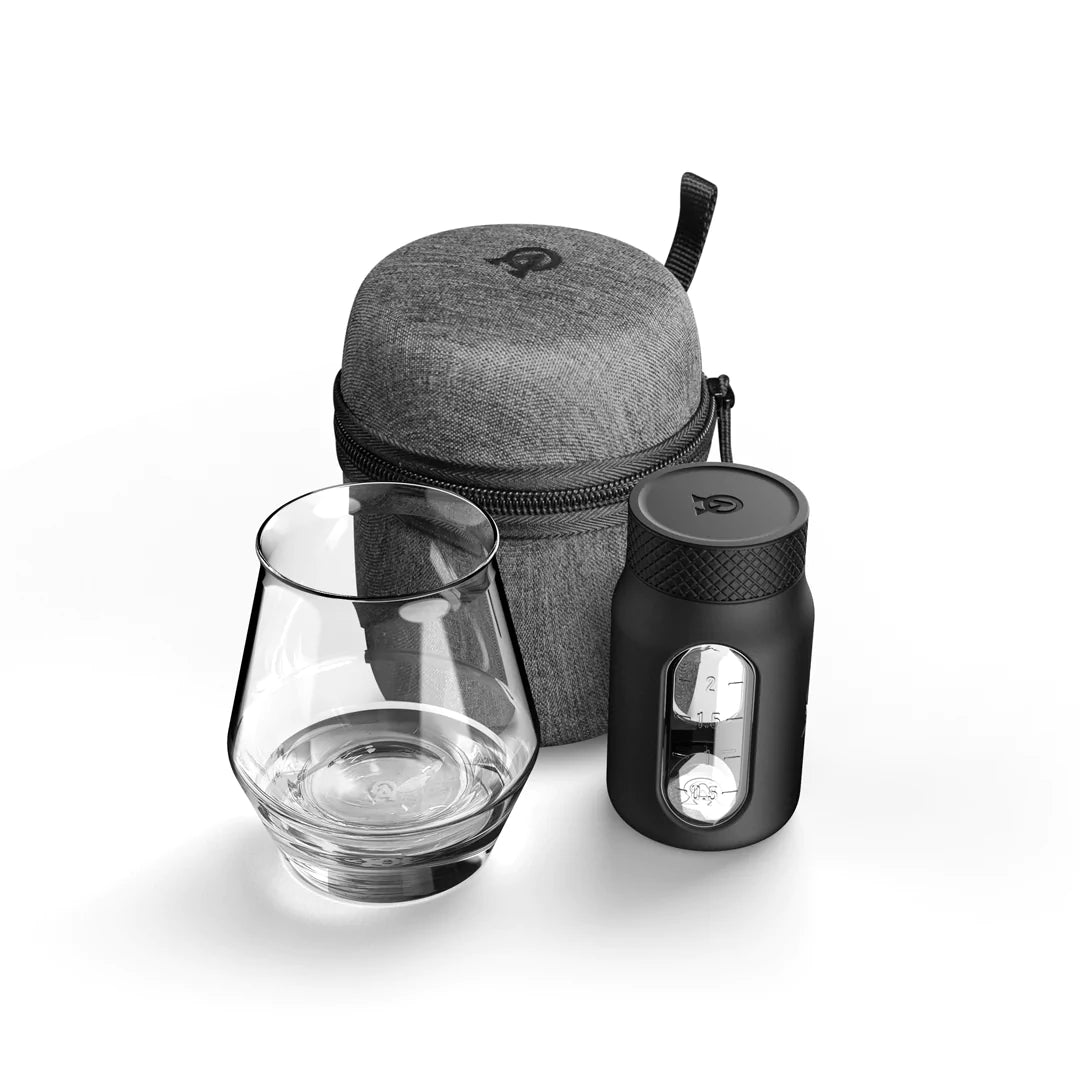
- View Larger
- Description:This Bundle combines two of our crowd favorite products, creating the ultimate travel bundle to bring along your favorite spirits and glassware. Bundle Includes: Neat Traveler (Gray) Bottle Flight (Gray) Note: This bundle is only available in gray and col
*Bourbon Culture is reader-supported. When you buy through links on our site, we may earn an affiliate commission.
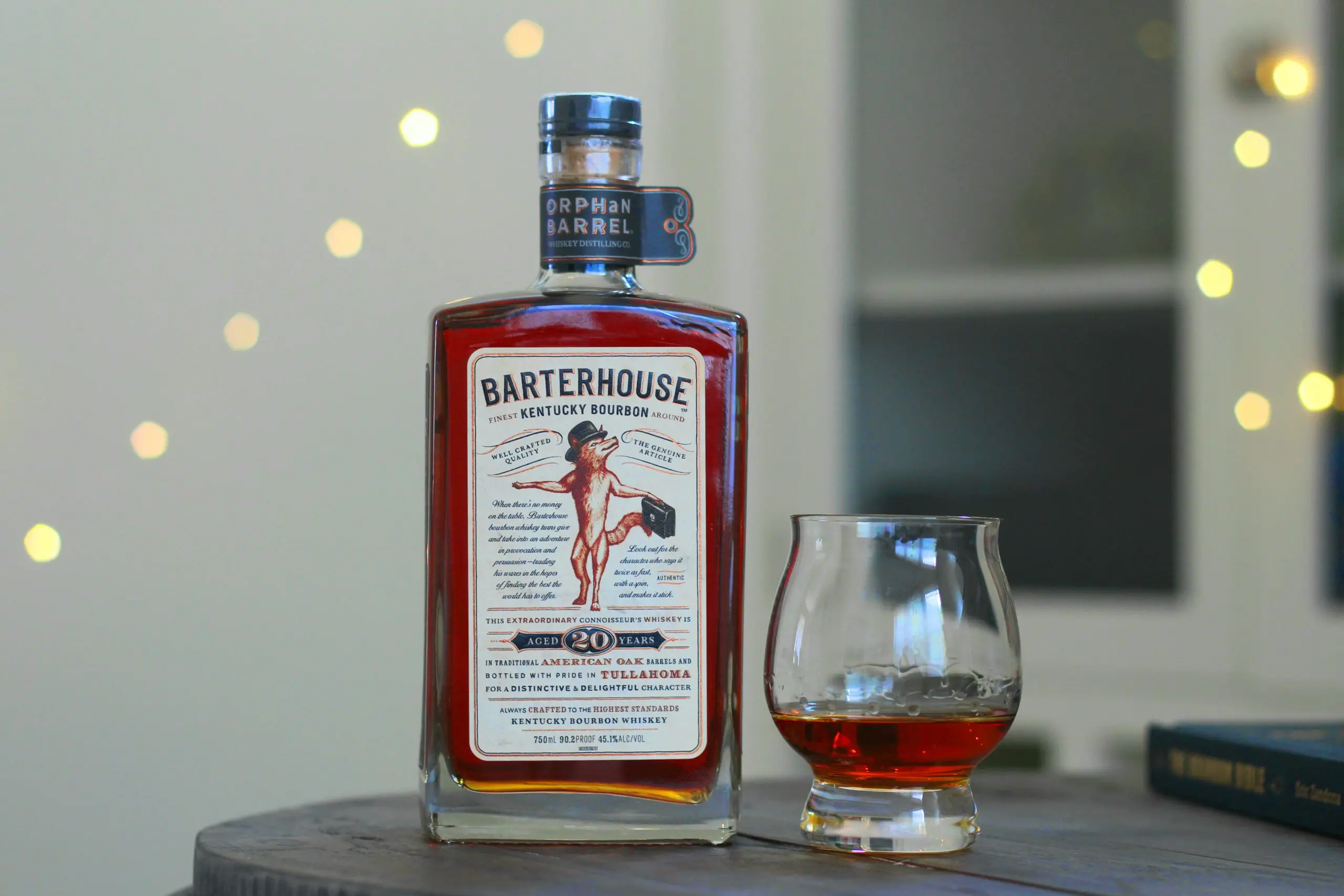
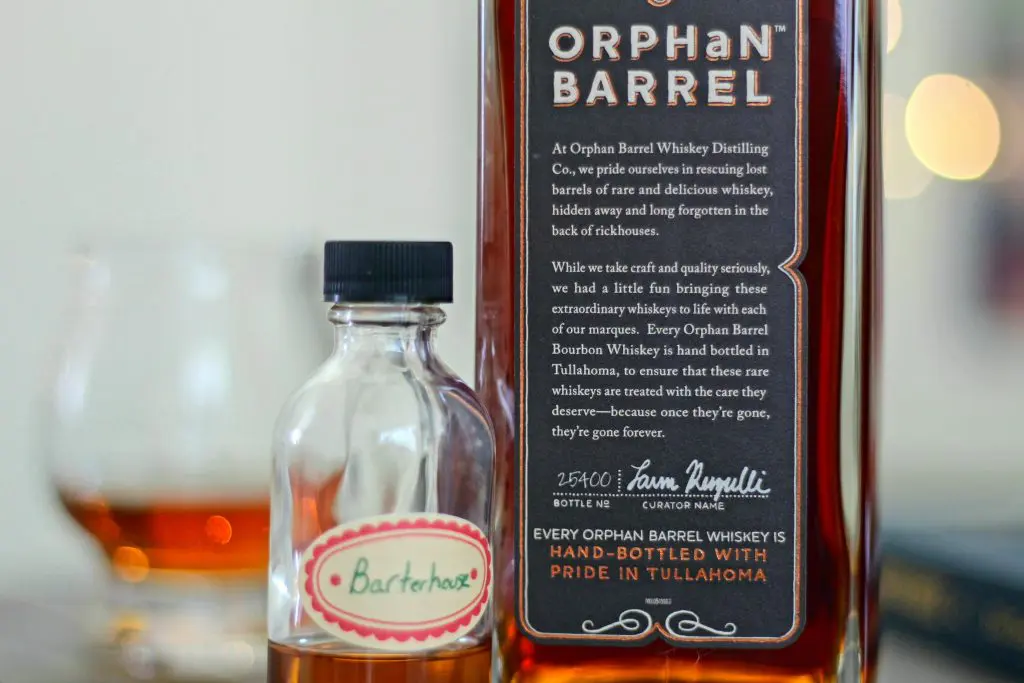

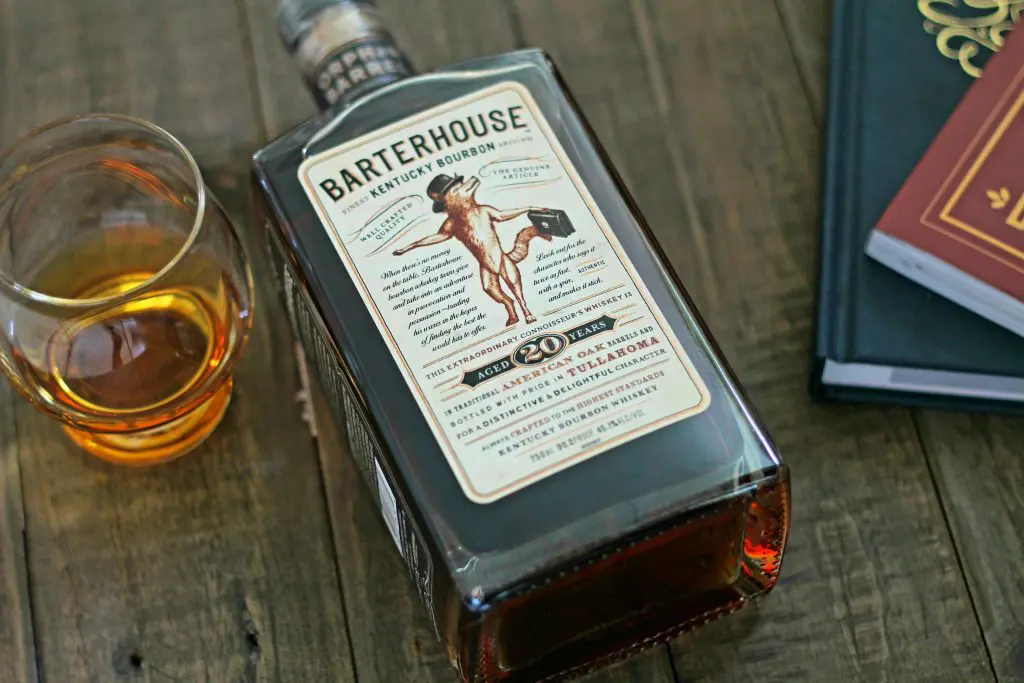
Ron Badley
Saturday 13th of May 2023
Just to be clear… you’re judging an unknown source sample bottle- but not the actual bottle of Barterhouse 20?
Mike & Mike
Sunday 14th of May 2023
I witnessed the sample bottle filled, so the source was not unknown. Additionally, I have sampled from another bottle too and found my notes didn't really deviate. The pictures will be updated soon to show the open bottle so there will be no question of a tainted sample bottle versus regular bottle.